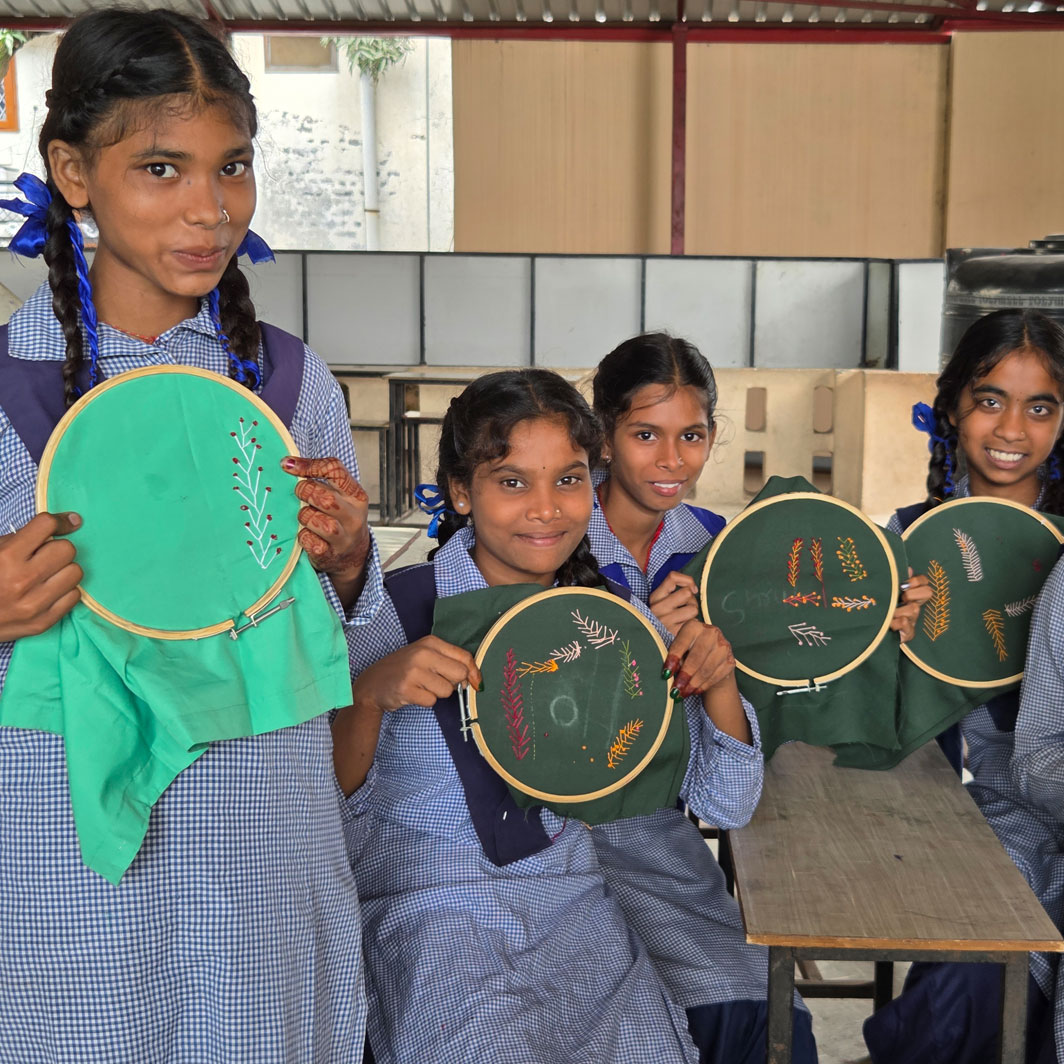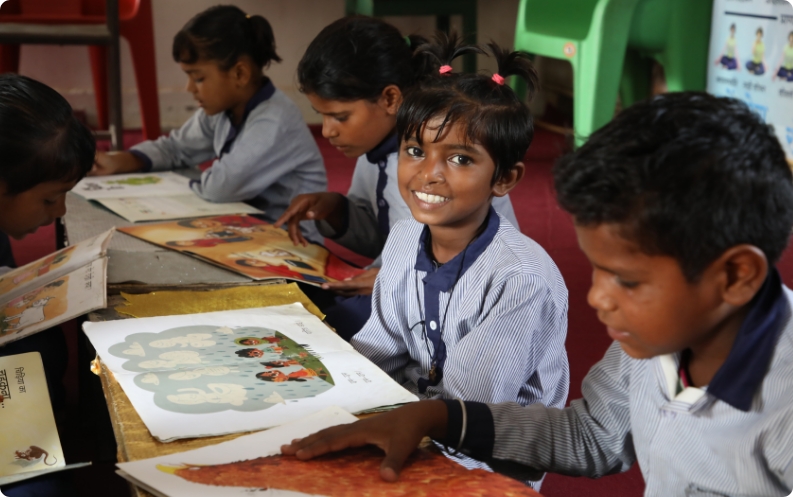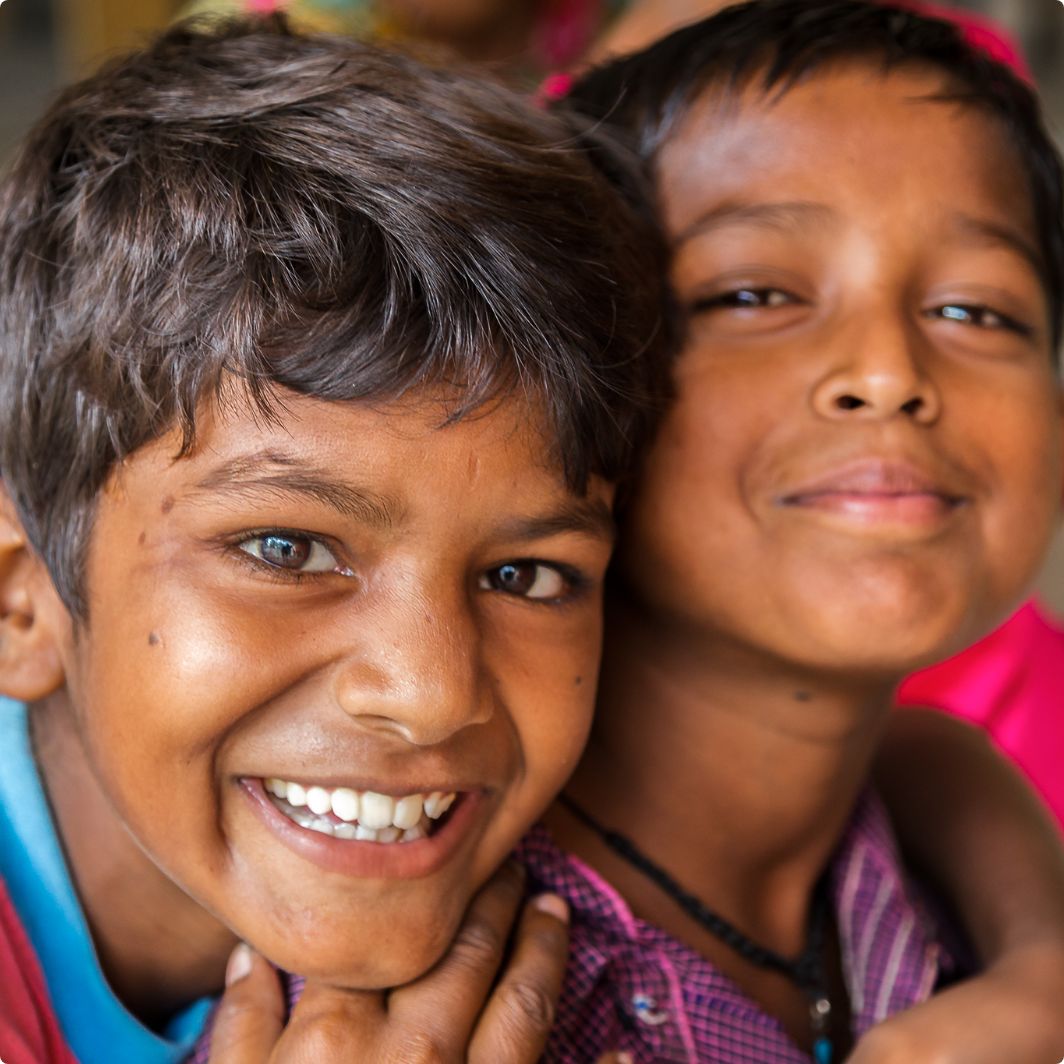Age No Bar Learning
Many children we work with face serious obstacles and challenges in continuing their education. Some have never been to school, while others have had long breaks, making it hard to return. Many have lost years to helping support their families; girls, in particular, often stay home to care for younger siblings while both parents work. Age restrictions in mainstream schools make re-entry even harder, leaving these children excluded from the education system altogether.
To address this gap, Aasraa runs an Open Basic Education (OBE) Centre accredited by India’s National Institute of Open Schooling (NIOS). It is a flexible NIOS program for children, youth, and adults who missed formal schooling. It offers three levels (equivalent to Classes 3, 5, and 8), follows NCERT guidelines, allows vocational subjects, and enables learners to rejoin mainstream education or pursue higher studies at their own pace.
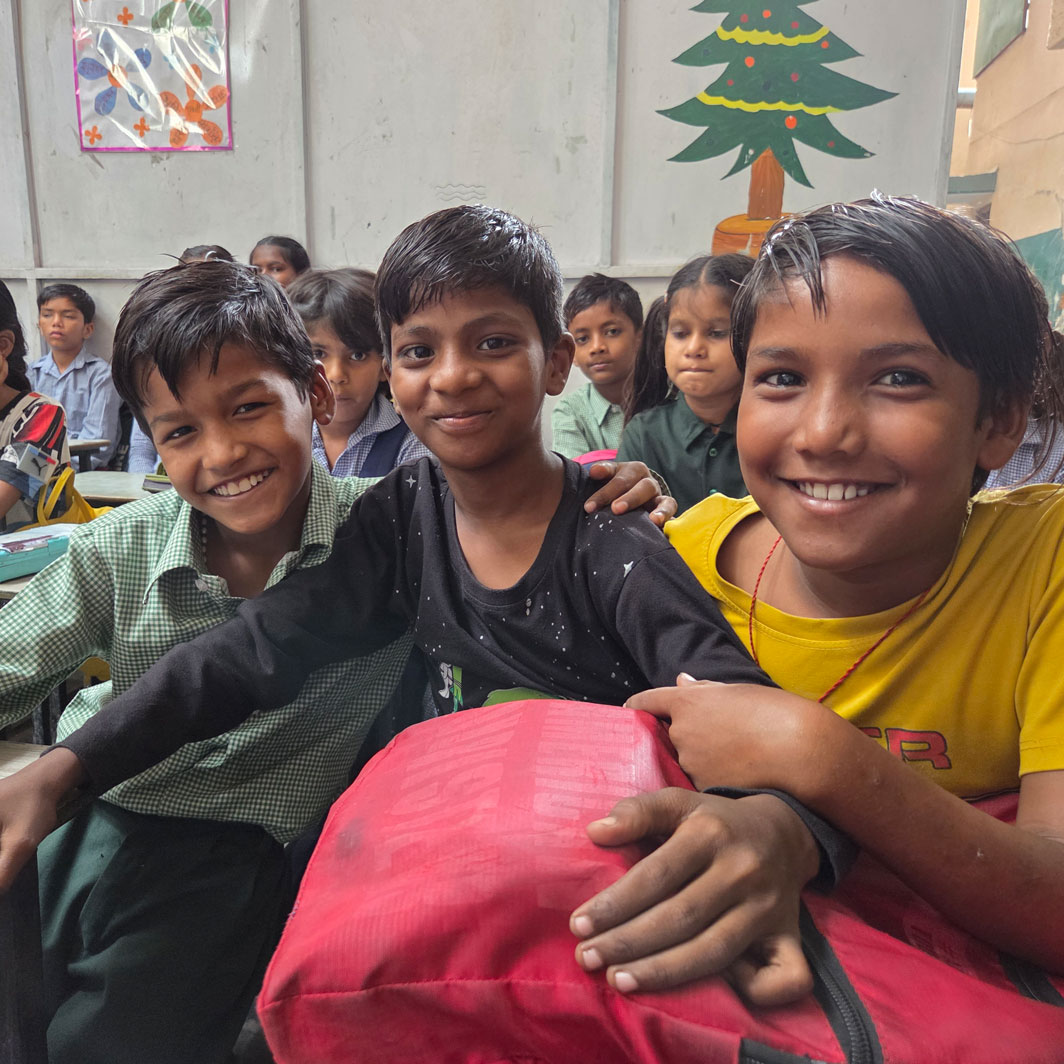
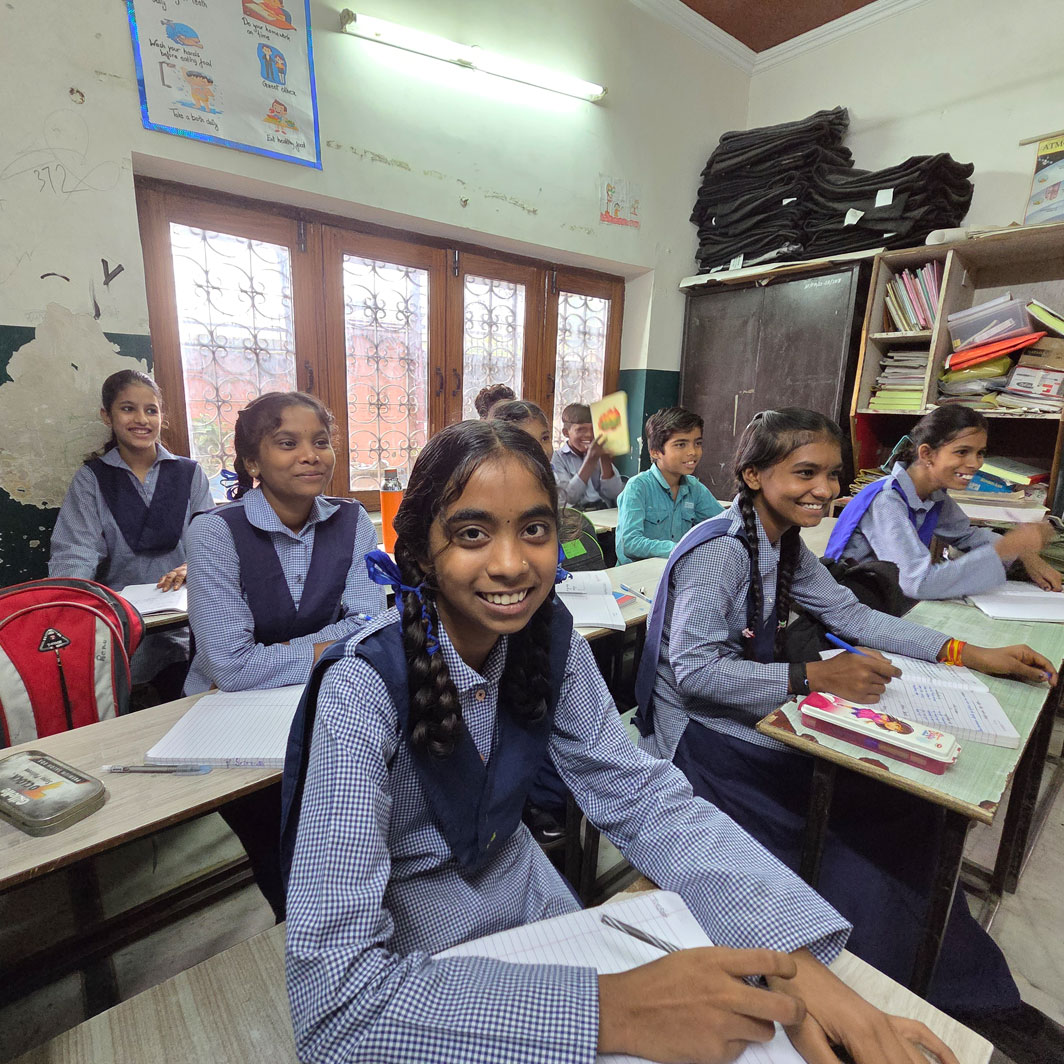
Our Focus
These centres provide a curriculum that emphasizes play-way methods, essential hygiene education, and computer-aided learning. The program is designed to help students with disrupted education successfully reintegrate into mainstream schooling. Through an accelerated open learning curriculum, it provides flexibility, allowing students to continue their education even if they are unable to attend traditional schools. The center serves as a preparatory platform for children to prepare for these levels annually. Each year, students are assessed for exam readiness and subsequently registered with NIOS-OBE to take the exam.
Vocational Education
Vocational Education
The NIOS-OBE program incorporates the element of vocational education for the enrolled students. They can take skill classes in Cutting and Tailoring, Carpentry, and Basic Computing. This hands-on training boosts students’ confidence and employability, equipping them with practical expertise in crafting furniture, designing garments and running basic functions on a computer. By fostering self-sufficiency and entrepreneurship, the program helps break the cycle of poverty, empowering students for a brighter, independent future.
